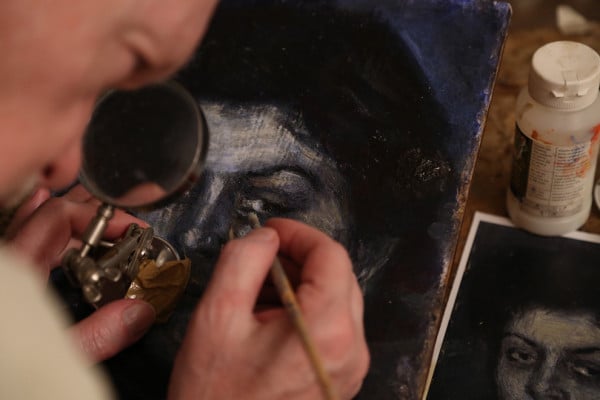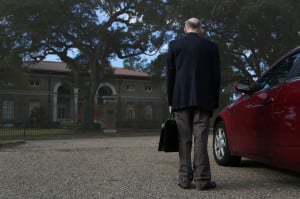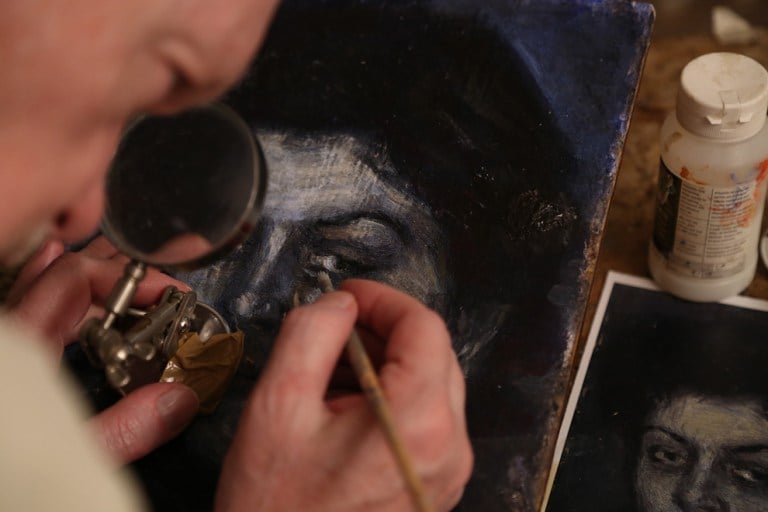
In 2008, a mysterious donor offered Matthew Leininger, who was the registrar of the Oklahoma City Museum, a collection of obscure yet valuable works, ranging from a sketch by Honoré Daumier to a watercolor by Paul Signac. What initially appeared to be a no-strings-attached donation would become the cornerstone of an investigation into the life of Mark Landis: an elderly art enthusiast, a self-dubbed “philanthropist” and one of the most prolific art forgers of the century.
In “Art and Craft,” directors Sam Cullman and Jennifer Grausman follow Landis and the gaggle of admirers and detractors that have assembled themselves around Landis’ work. Which is not illegal. Landis donates his duplications, rather than selling them for profit. Yet the legal nature of his work only complicates the question at the heart of the film: Why does Landis do what he does?
The directors’ attempt to answer this question combines subtle narrative through Landis’ eyes and spare cinematography, painting a captivating, though sparse, portrait of the man who duped 46 museums across the United States into displaying over 100 of his reproductions.
At first glance, Landis, with his diaphanous complexion and whispery voice, appears to have emerged from a 19th century gothic novel. A wide shot of Landis meandering through his apartment reveals haphazard stacks of paintings and sketches that occupy every inch of available square footage. As I watched the scene unfold, I had to wonder whether any of it — the scattered paintings, the tiny apartment — was real.

The team of art professionals and crime investigators tracking Landis’ every move wondered the same thing. Cullman and Grausman bring in experts who attempt to delineate Landis’ motivations — Robert Wittman, founder of the FBI Art Crime team, calls Landis’ forgery “ego satisfaction” — but all conjectures are silenced in an up-close shot of Landis’s nimble hands flipping back and forth between original and reproduction, fingers moving with acquired dexterity.
“I just like to copy things because it’s reassuring … I remember it growing up,” Landis said, examining Charles Courtney Curran’s painting of three women reading on a lawn. “You can see the veins under the skin,” Landis murmured. “That’s so beautiful.”
The film unravels bits and pieces of Landis’ life story — his childhood affinity for copying pictures, the constant uprooting that resulted from his father being a NATO officer and his brief stint in a psychiatric hospital as a teenager. But most pivotal in Landis’ life seems to be his mother’s death, a subject he talks around whenever Cullman and Grausman get too close.
Though Cullman and Grausman never quite provide a comprehensive answer to the question they set out to resolve, the film nevertheless offers an intriguing look at Landis: the enigma who continues to force the art world to look twice, reminding us that — quite literally — there’s often more than meets the eye.
“Art and Craft” opens Oct. 3 in San Francisco and Berkeley.
